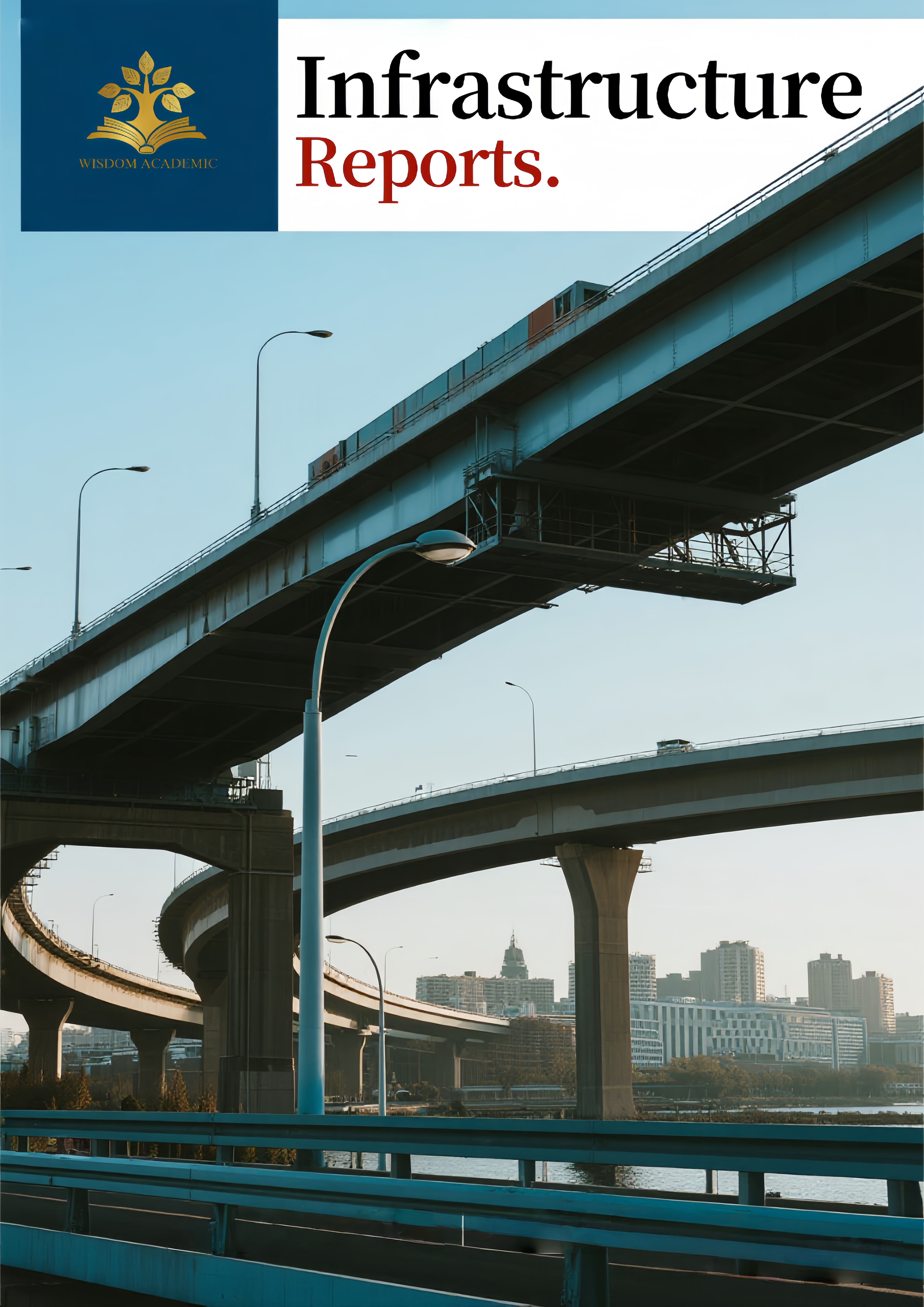Abstract
This study explores the development path for Jinan as a modern strategic hub for distribution. In August 2023, Jinan was included in the national plan for 102 strategic hubs for distribution, becoming one of 24 comprehensive hubs. The study employed a comprehensive assessment framework, analyzing infrastructure, operational efficiency, and industrial integration. It found that Jinan faces four major challenges: limited integration into the trunk corridor network and lagging development of sea-rail transport; low operational efficiency of distribution vehicles and outdated infrastructure; an irrational overall transportation structure, with road transport accounting for over 96%; and insufficient integration and linkage of industrial development, with trade and logistics accounting for 60%. The study proposes strategies such as promoting cross-regional integration through integration into trunk corridors; building smart logistics facilities through strengthening the foundation; focusing on four key industries through supply chain reshaping; and leveraging hub economy to drive innovation in the “logistics + platform + trade + industry” model. These strategies aim to promote Jinan’s development into a modern distribution hub supporting a dual circulation model.
References
[1] Fan, C., Zhang, X., Li, Y., & Wang, J. (2024). The Efficiency of China's Hub Economy and Its Influencing Factors: A Two‐Stage Analysis Based on the Super SBM‐Malmquist‐Tobit Model. Complexity, 2024, Article ID 8317812.
[2] Zhang, Y., Liu, H., Chen, X., & Wang, S. (2024). International multimodal transport connectivity assessment of multimodal transport from mainland China to Europe. Transportation Research Part E: Logistics and Transportation Review, 186, Article 103558.
[3] Lin, J. Y., & Wang, X. (2021). Dual Circulation: a New Structural Economics view of development. Journal of Chinese Economic and Business Studies, 19(4), 303-322.
[4] Liu, Y., Zhang, L., & Chen, M. (2024). Research on the impact effect of multimodal transport on domestic and international dual circulation: Evidence from China's railway and water transport. PLoS ONE, 19(3), e0298926.
[5] Wang, M., Childerhouse, P., & Abareshi, A. (2024). Global logistics and supply chain integration in the digital era: a focus on China's Belt and Road Initiative. Journal of International Logistics and Trade, 22(2), 58-79.
[6] Lan, S., Tseng, M. L., Yang, C., & Huisingh, D. (2020). Trends in sustainable logistics in major cities in China. Science of The Total Environment, 712, Article 136381.
[7] Zhang, S., Yu, Q., Wan, S., Cao, H., & Huang, Y. (2024). Digital supply chain: literature review of seven related technologies. Manufacturing Review, 11, Article 8.
[8] Chen, H., Wang, Y., Li, Z., & Liu, X. (2023). China's logistics evolution: A study of development characteristics and catalytic effects on economic growth. PLoS ONE, 19(9), e0309737.
[9] Yang, L., Zhou, Q., & Zhang, K. (2023). Smart city construction and urban green development: empirical evidence from China. Humanities and Social Sciences Communications, 10, Article 678.
[10] Wen, J., Huang, Z., Li, Q., & Sun, Y. (2024). How the digital economy enhances the grain supply chain resilience in China: exploring the moderating effects of government innovation-driven. Frontiers in Sustainable Food Systems, 8, Article 1439593.

This work is licensed under a Creative Commons Attribution 4.0 International License.
Copyright (c) 2025 Infrastructure Reports

